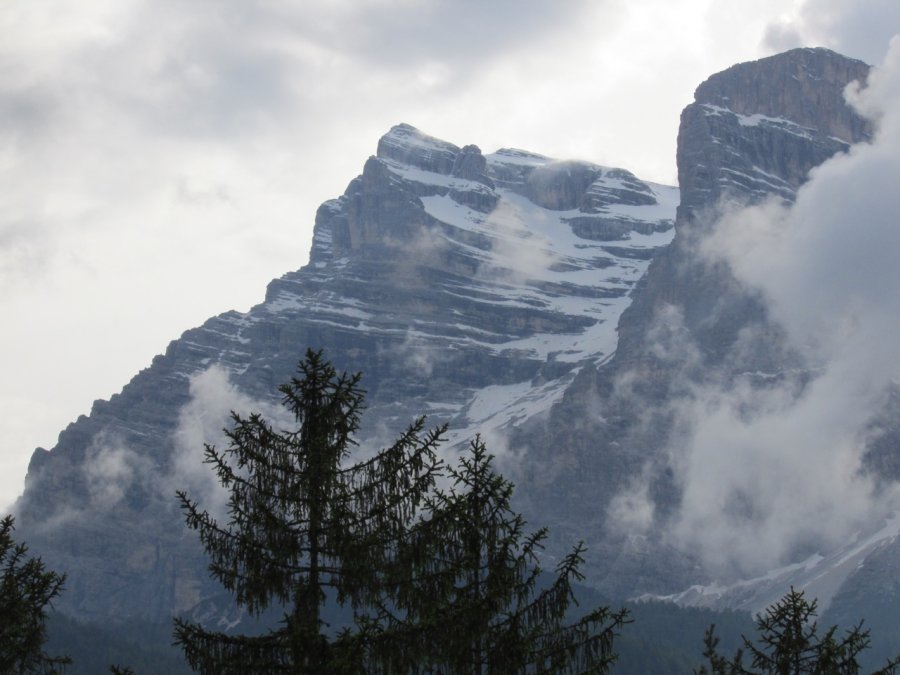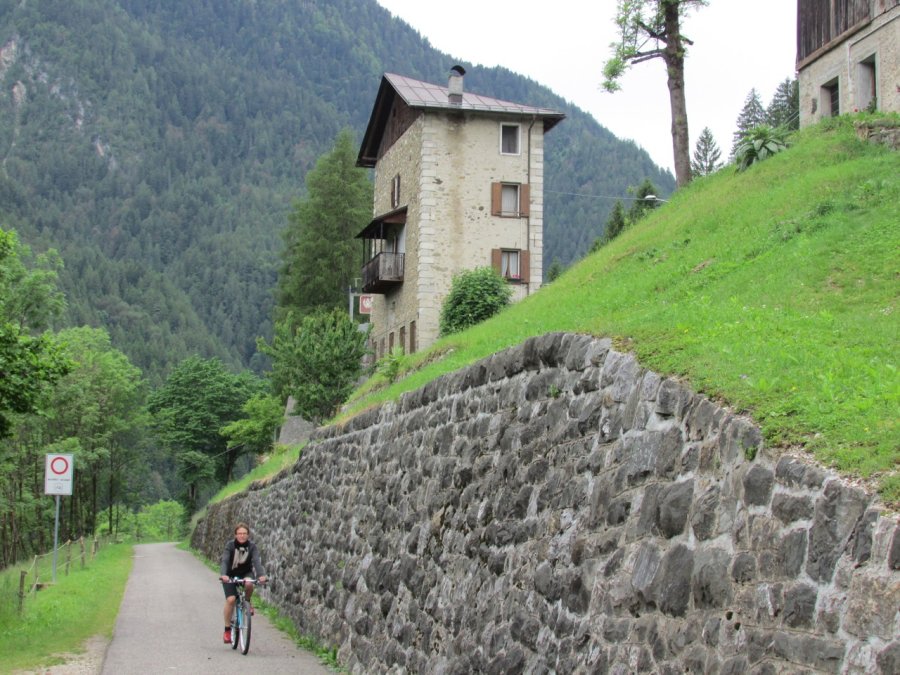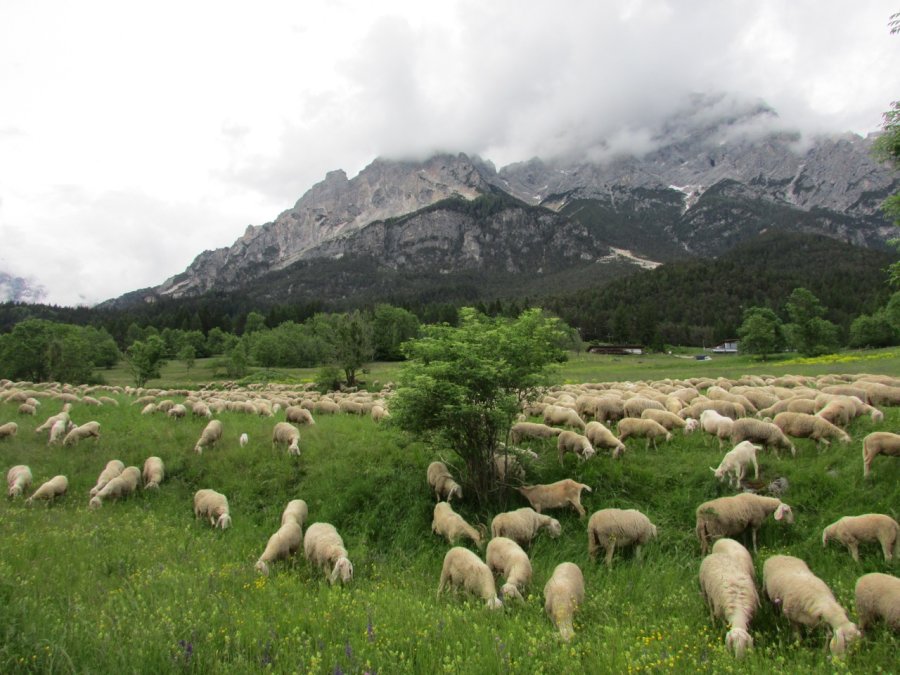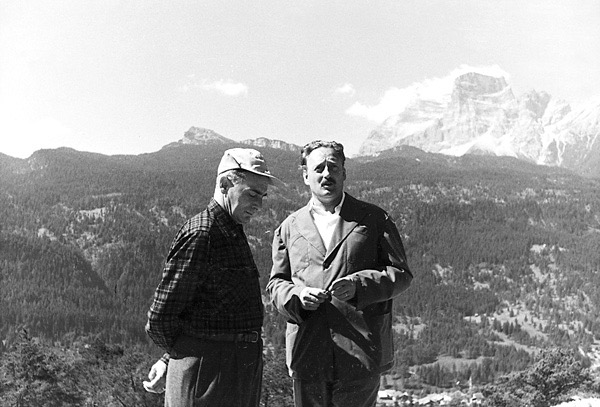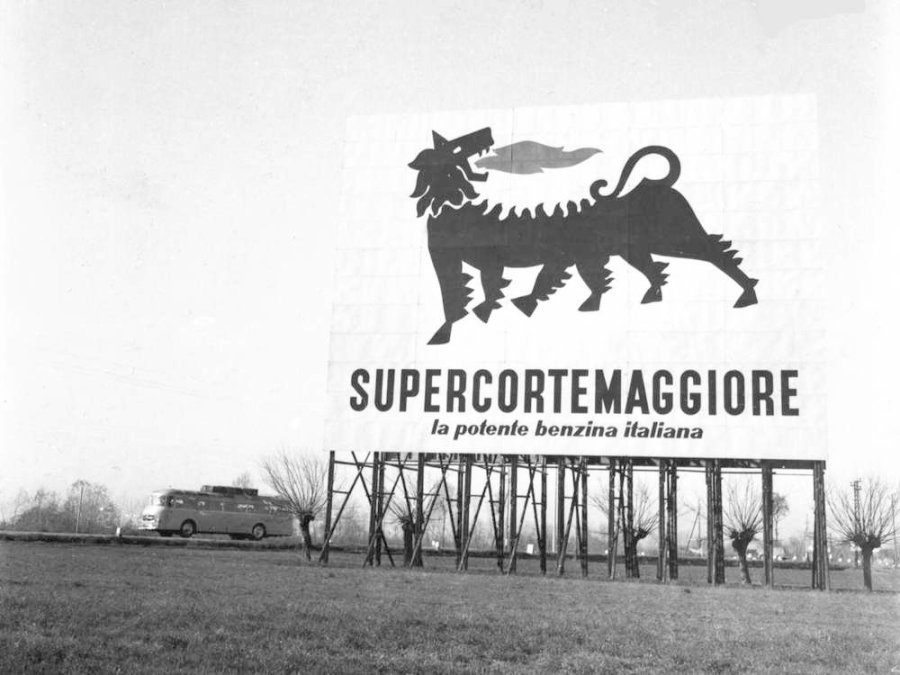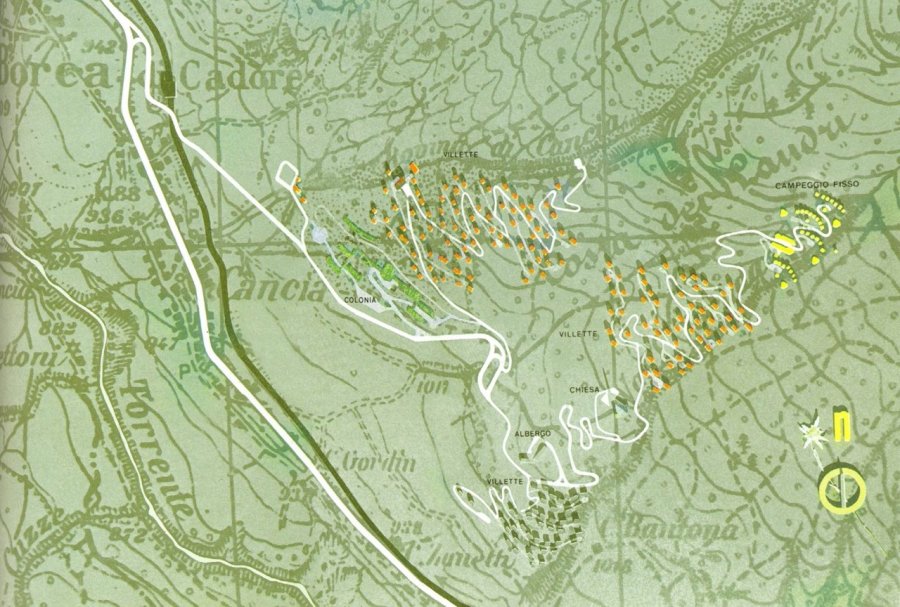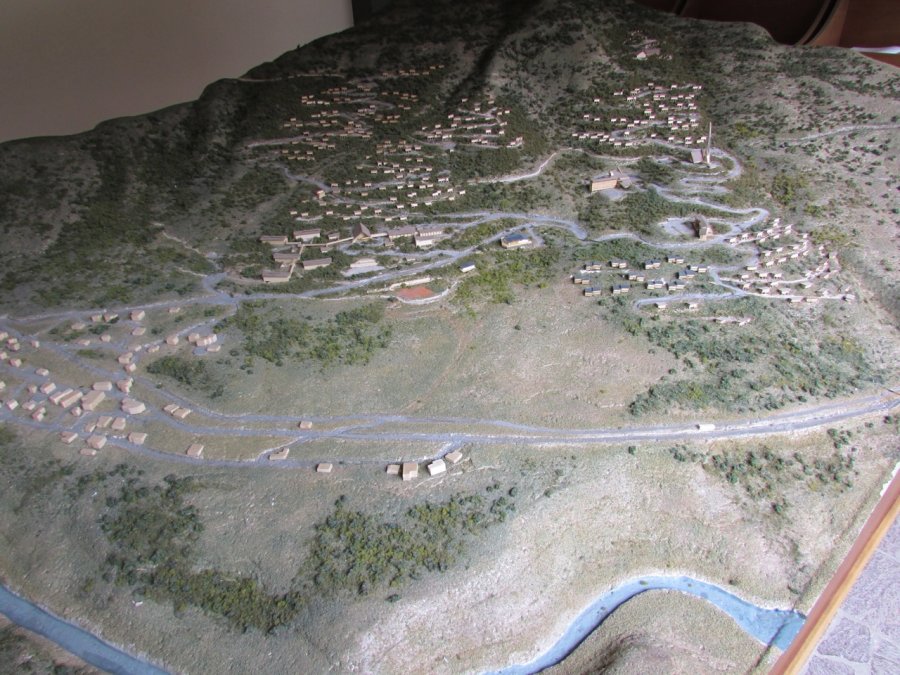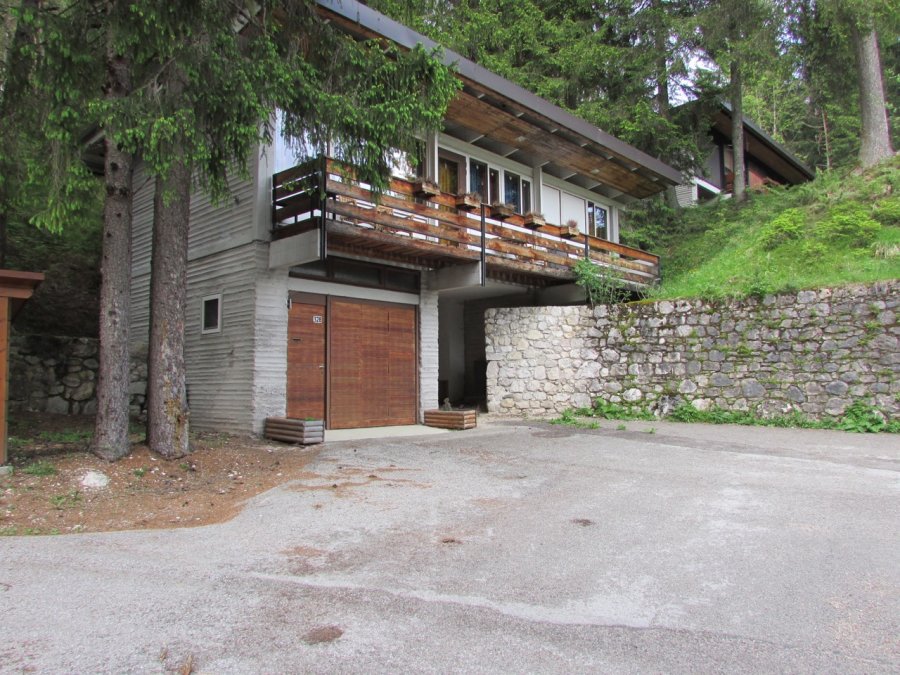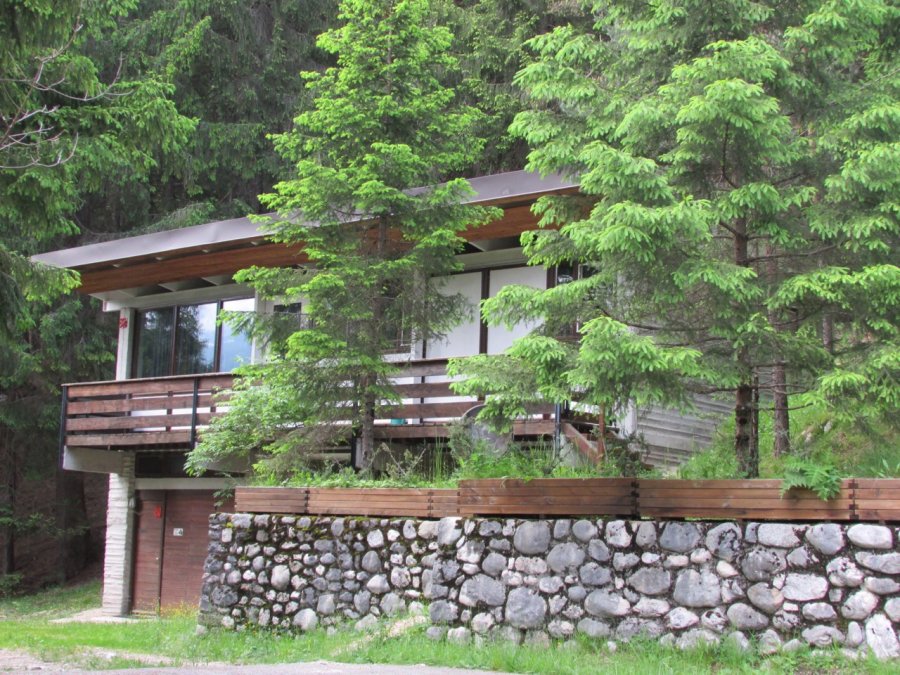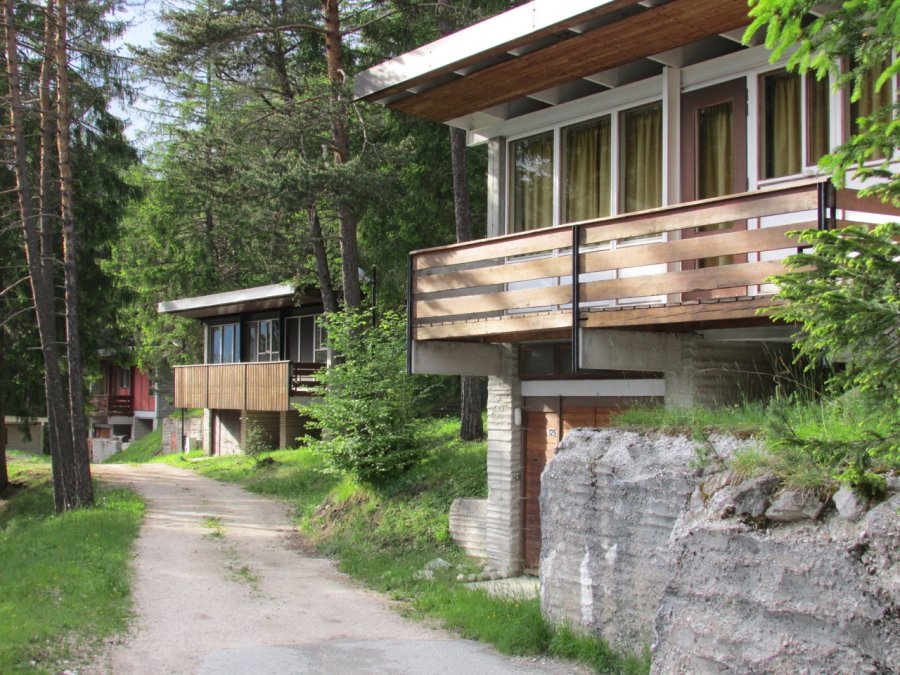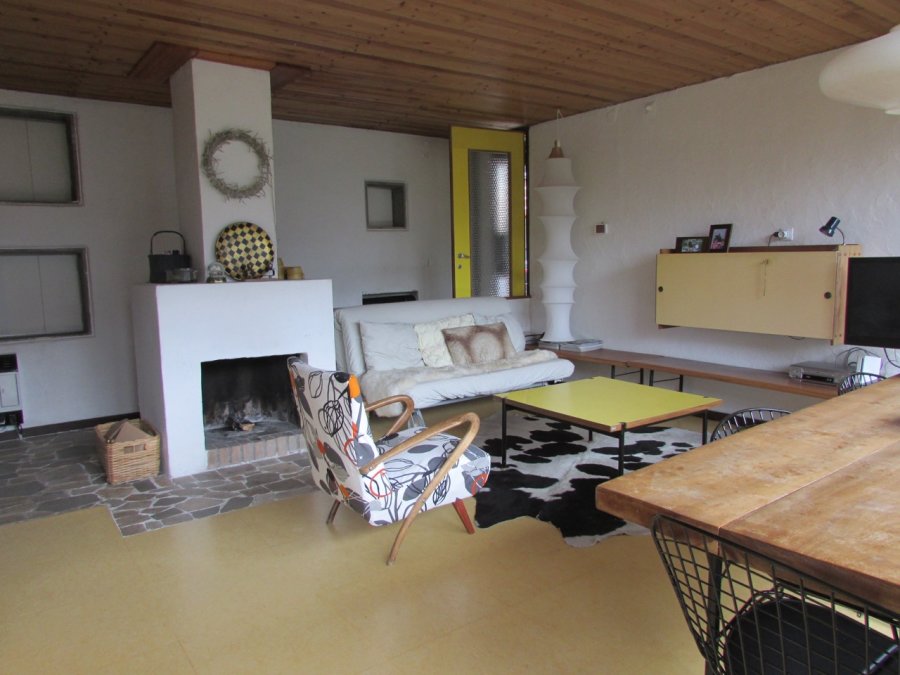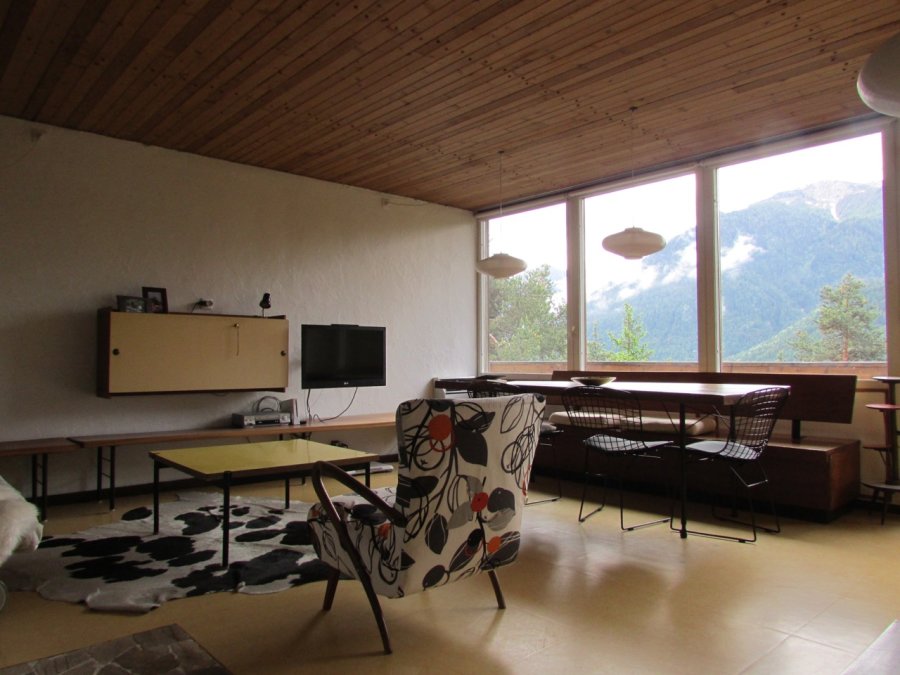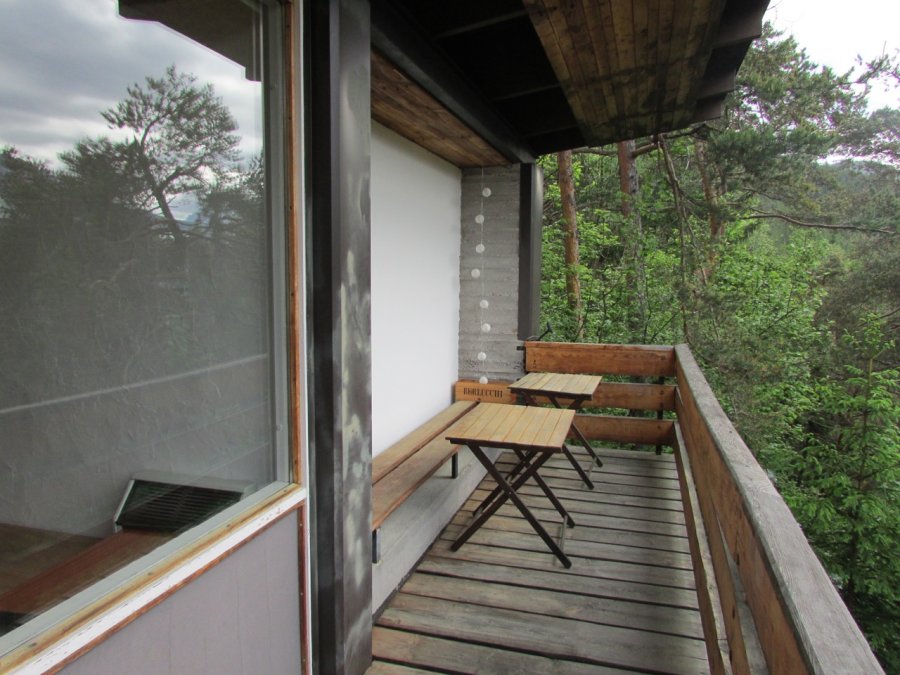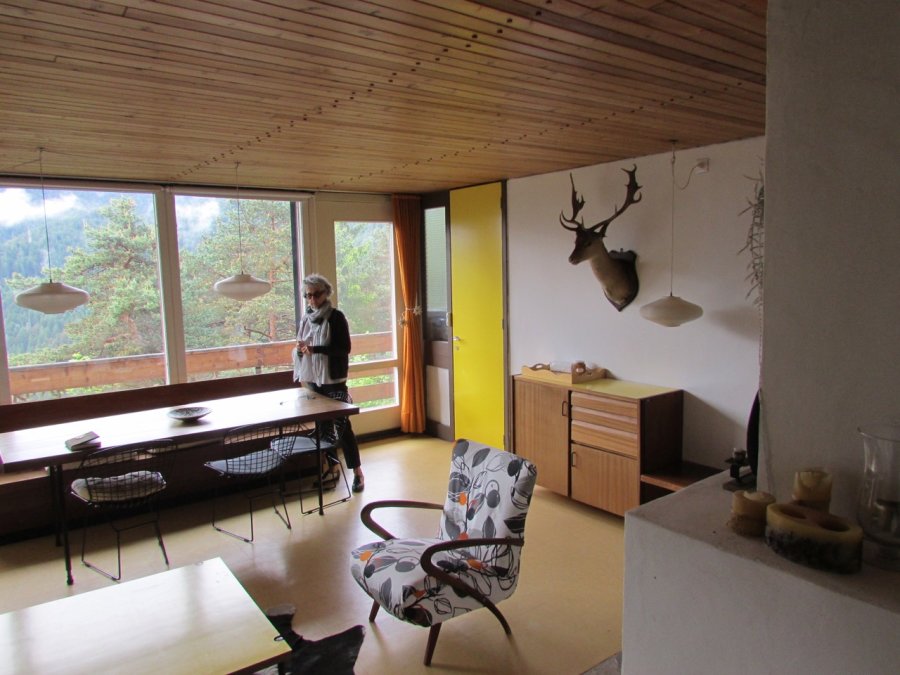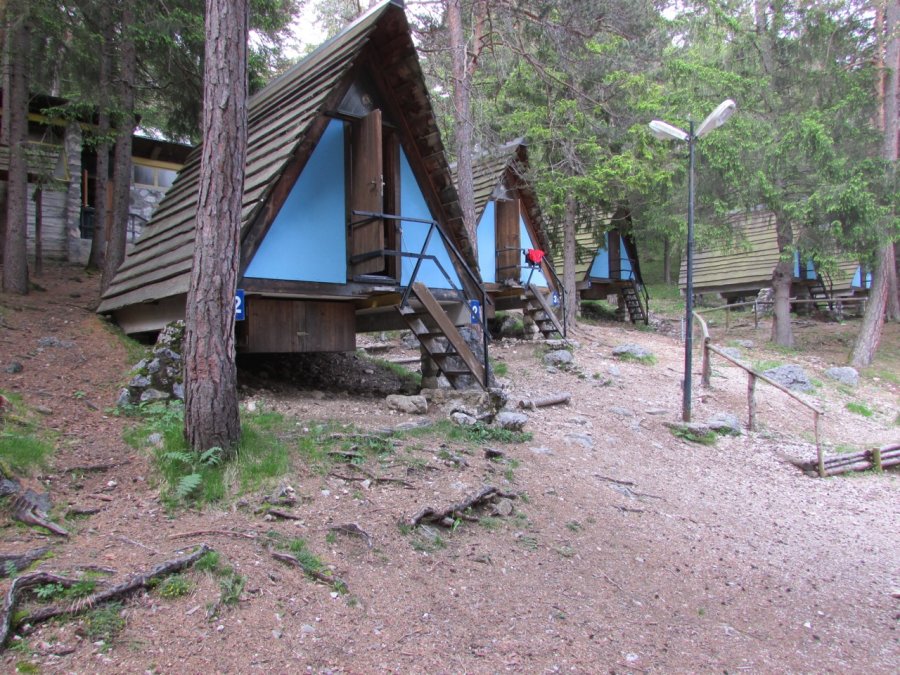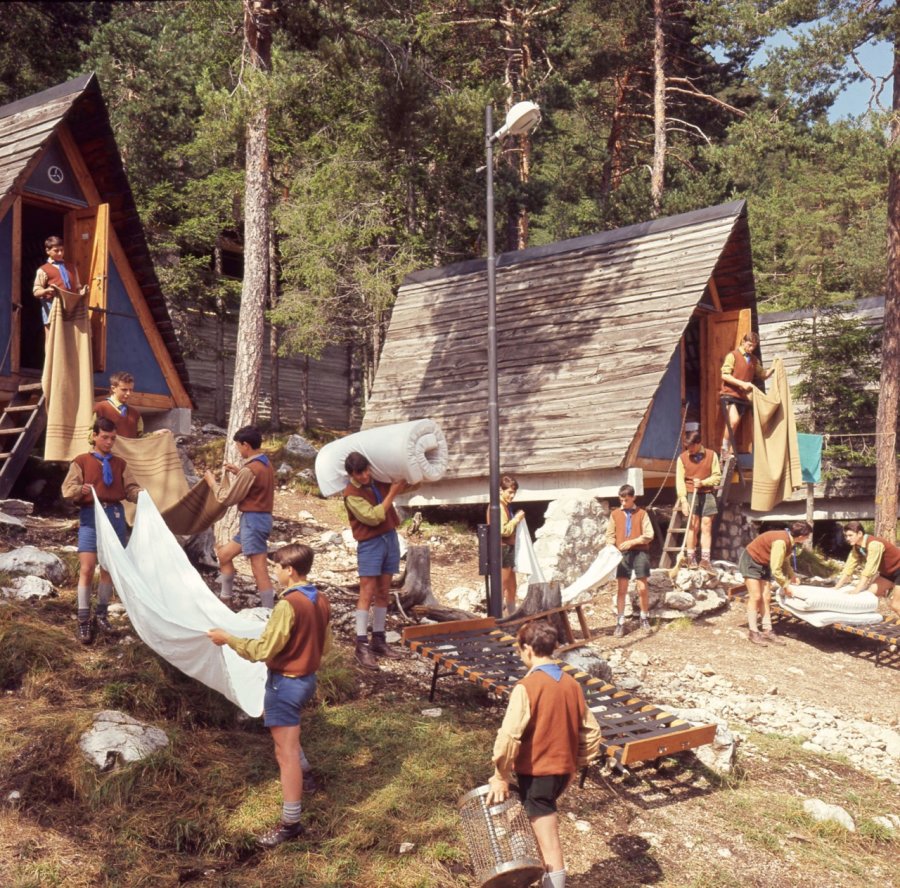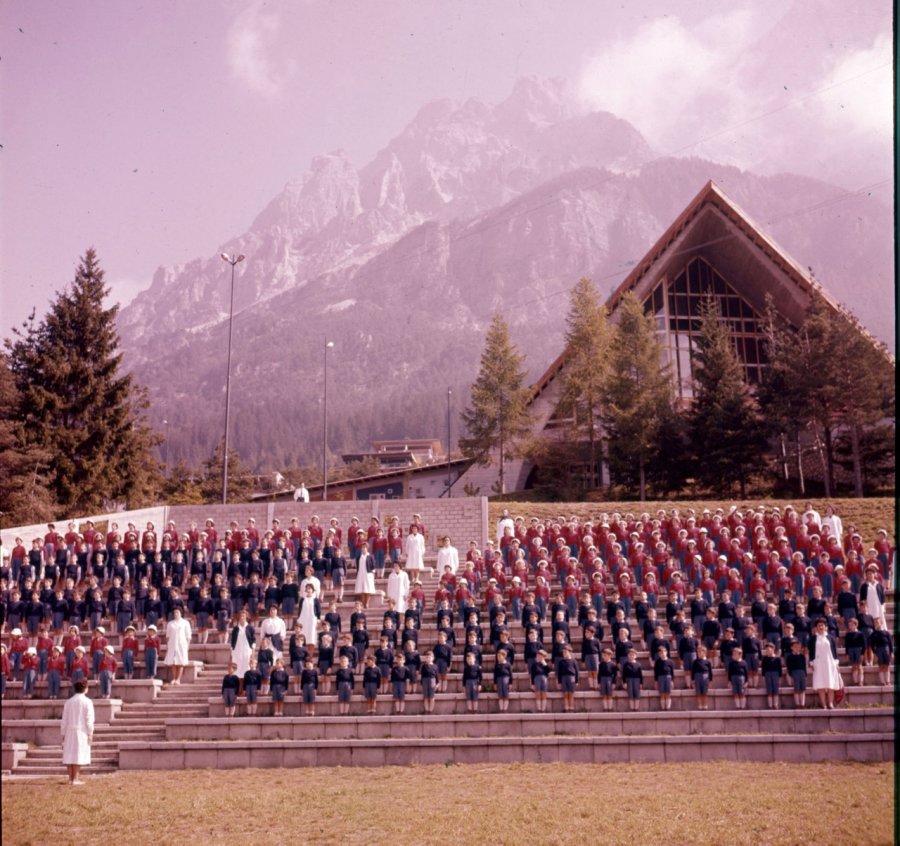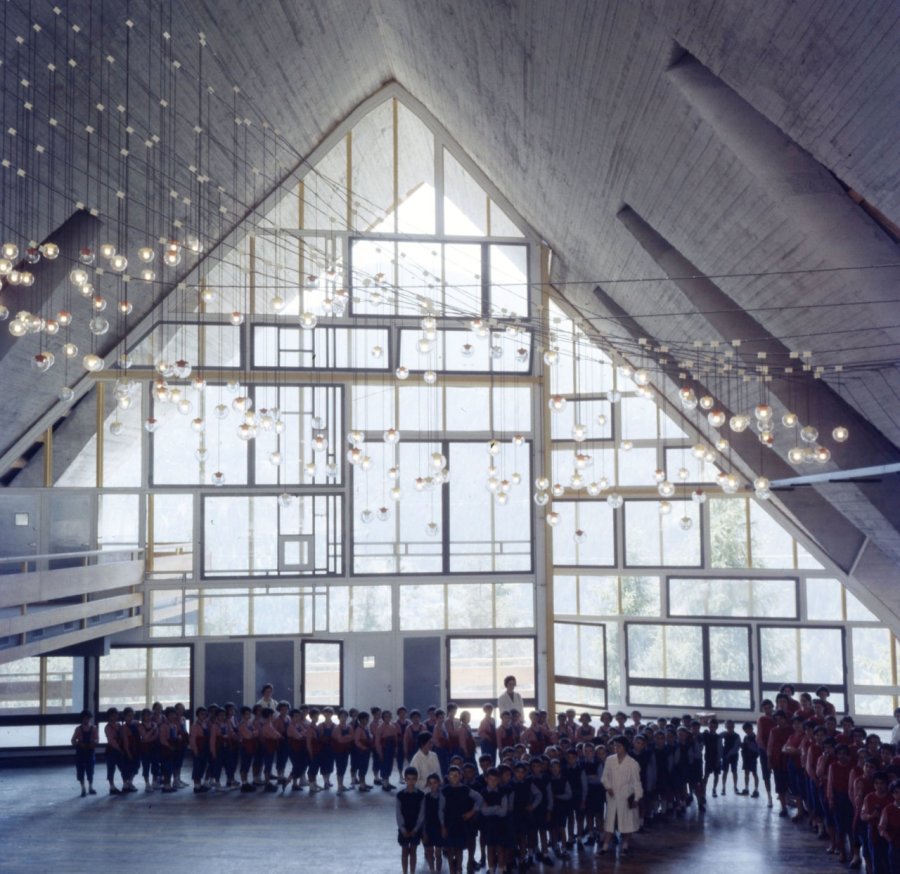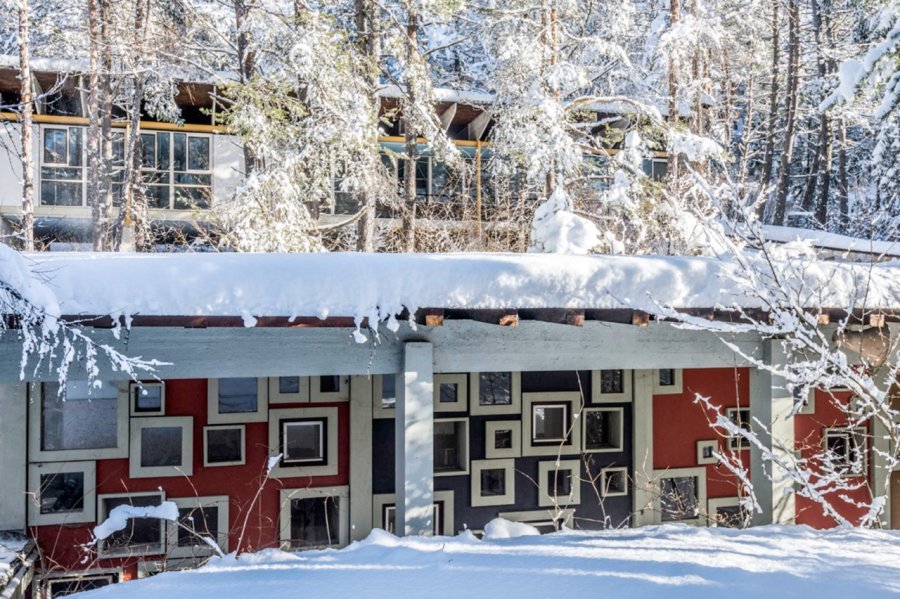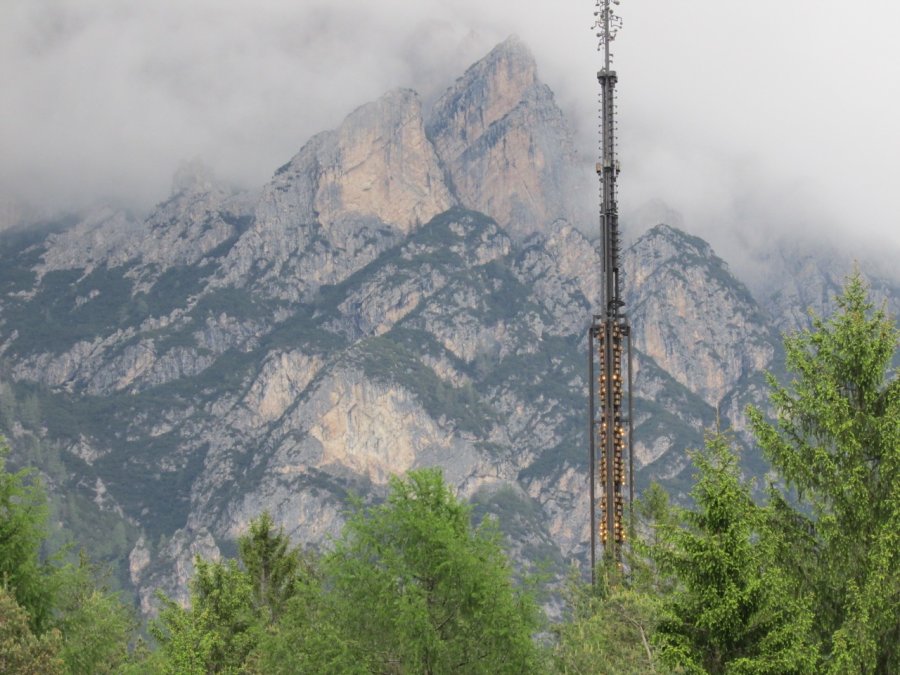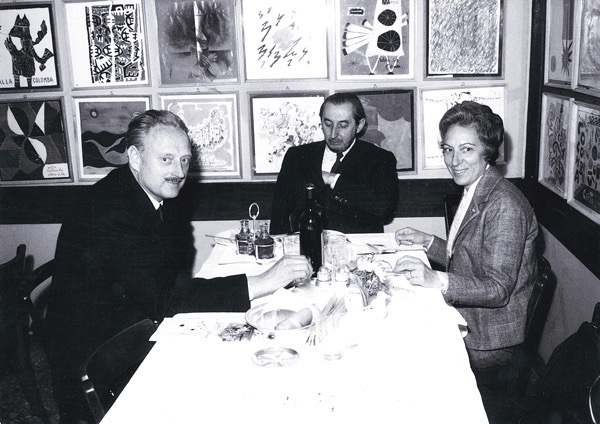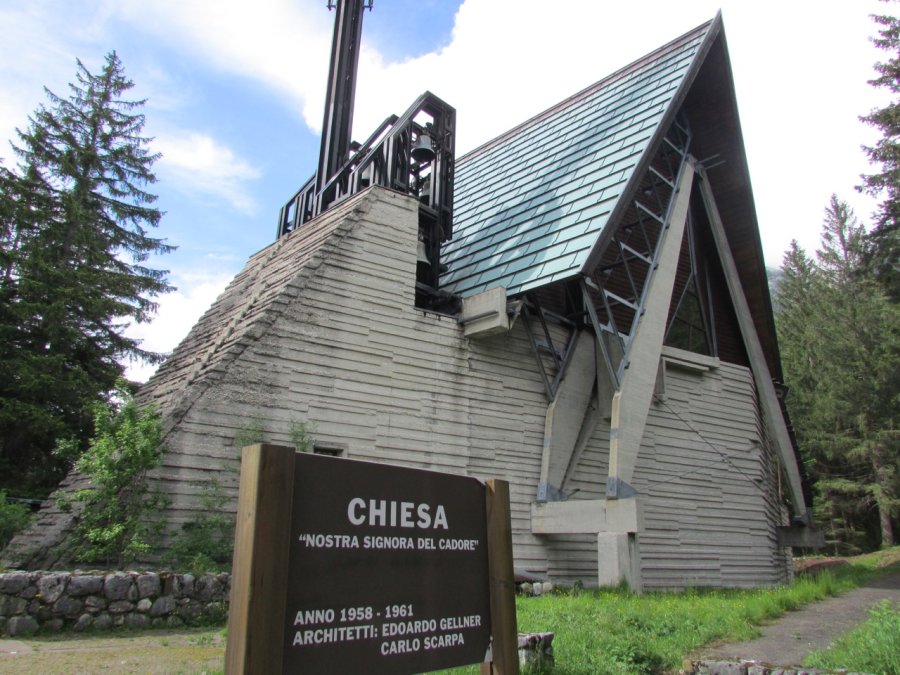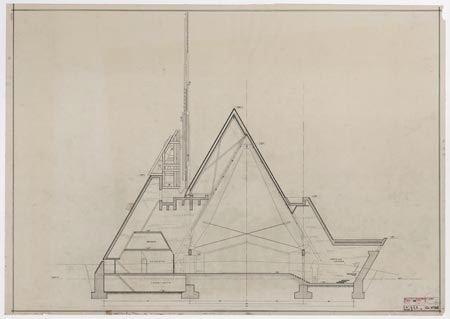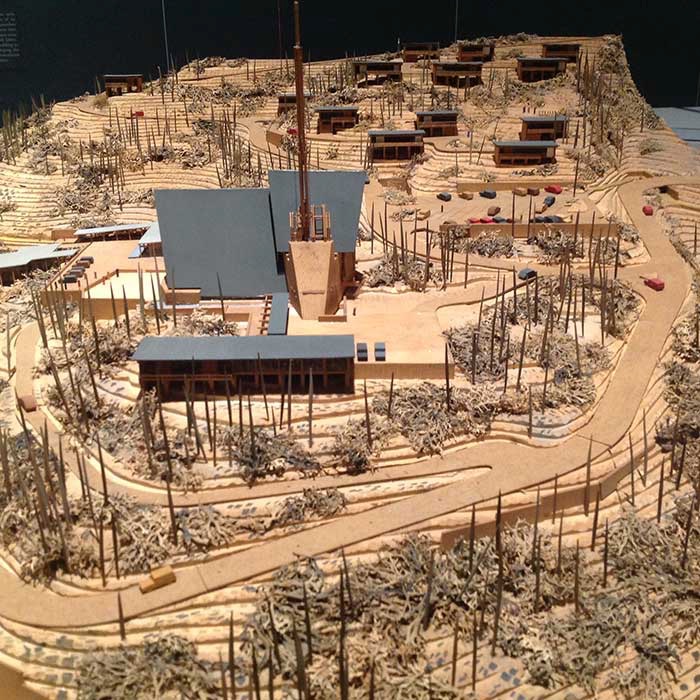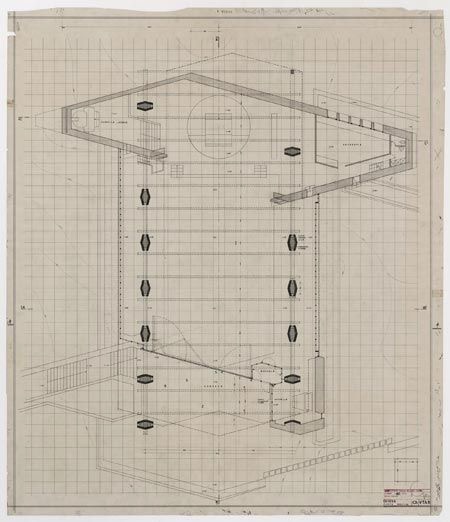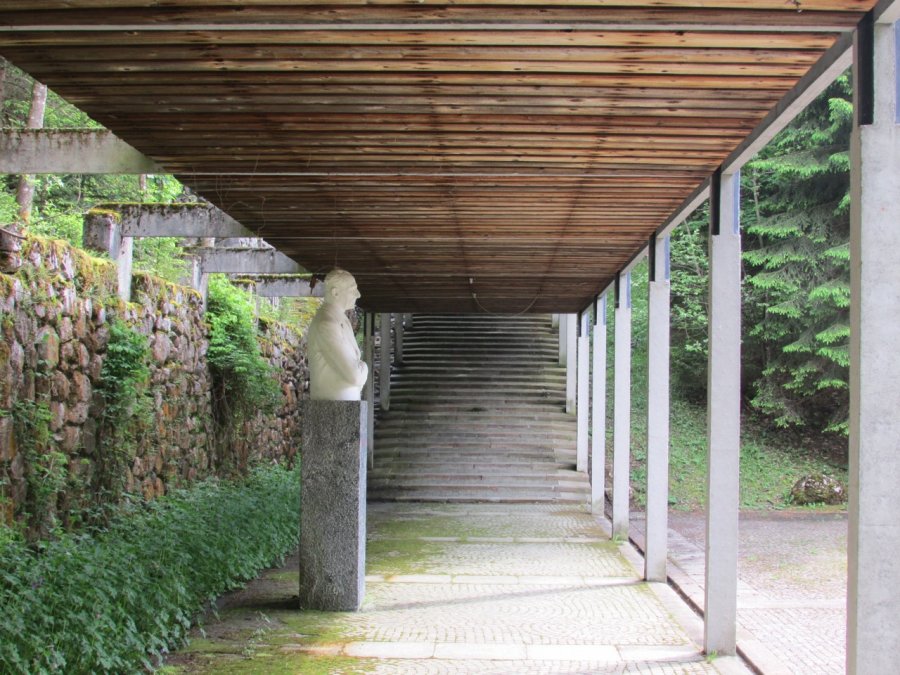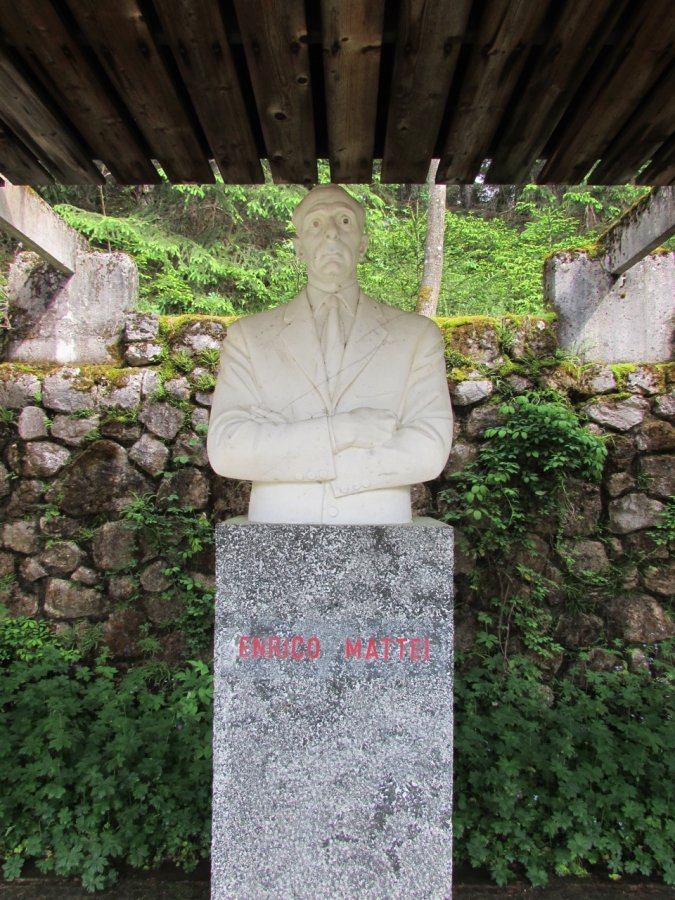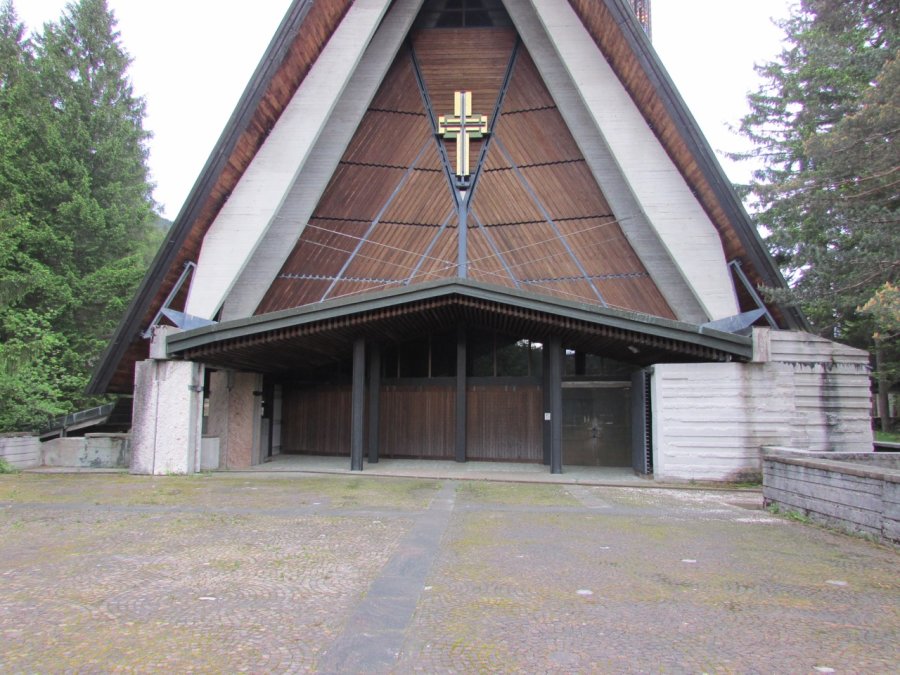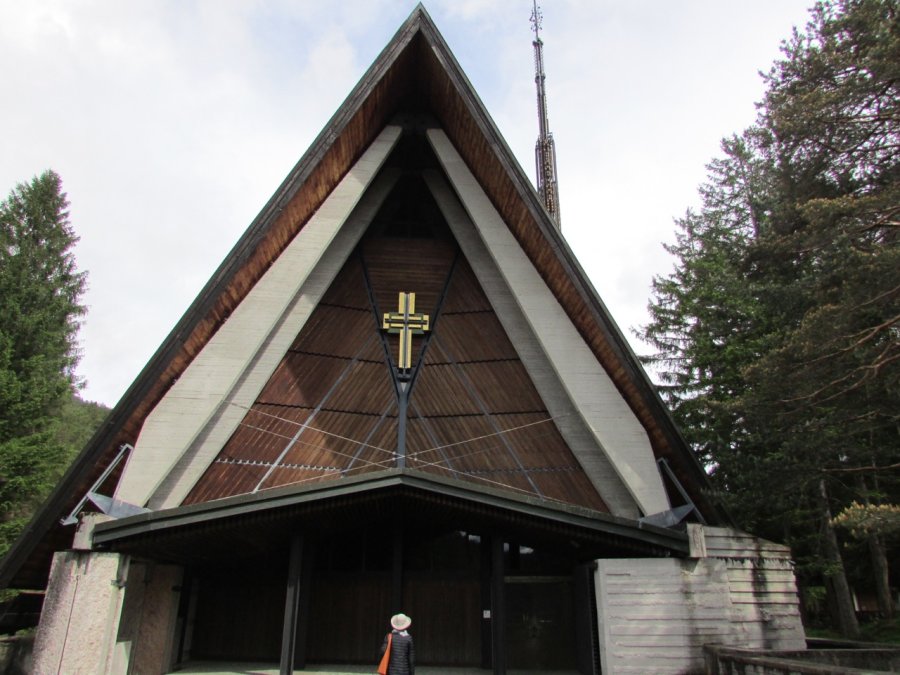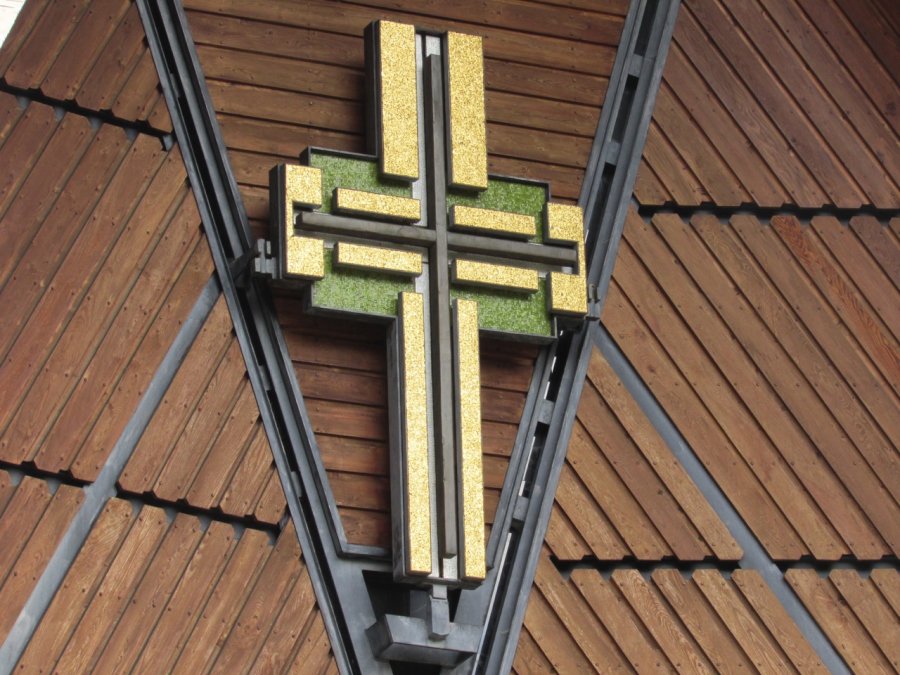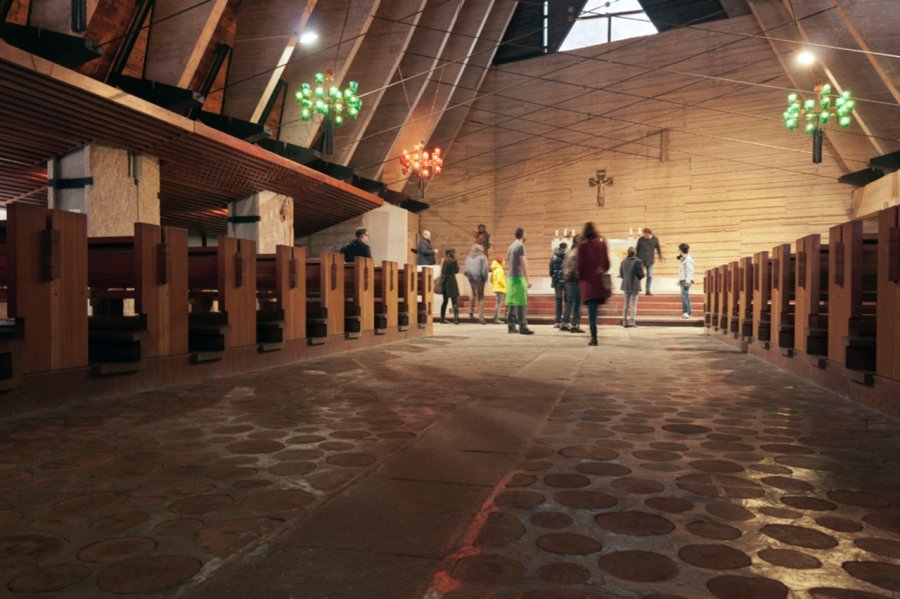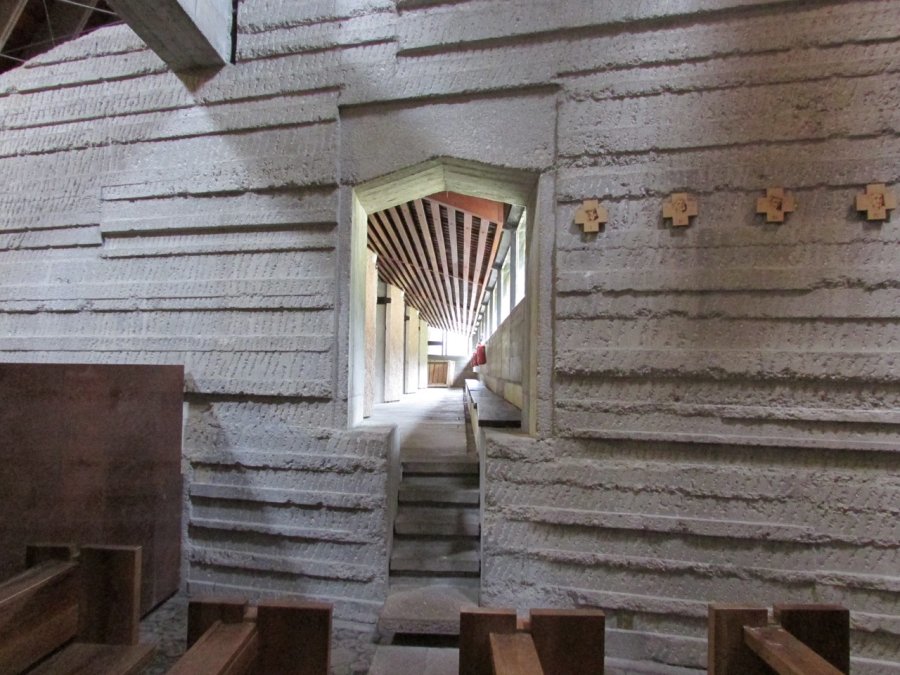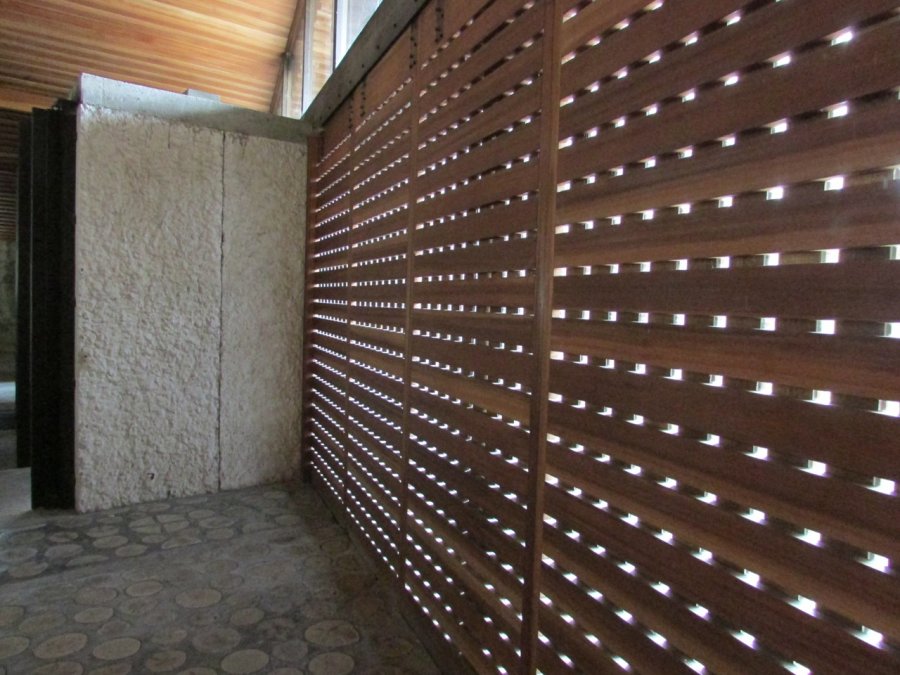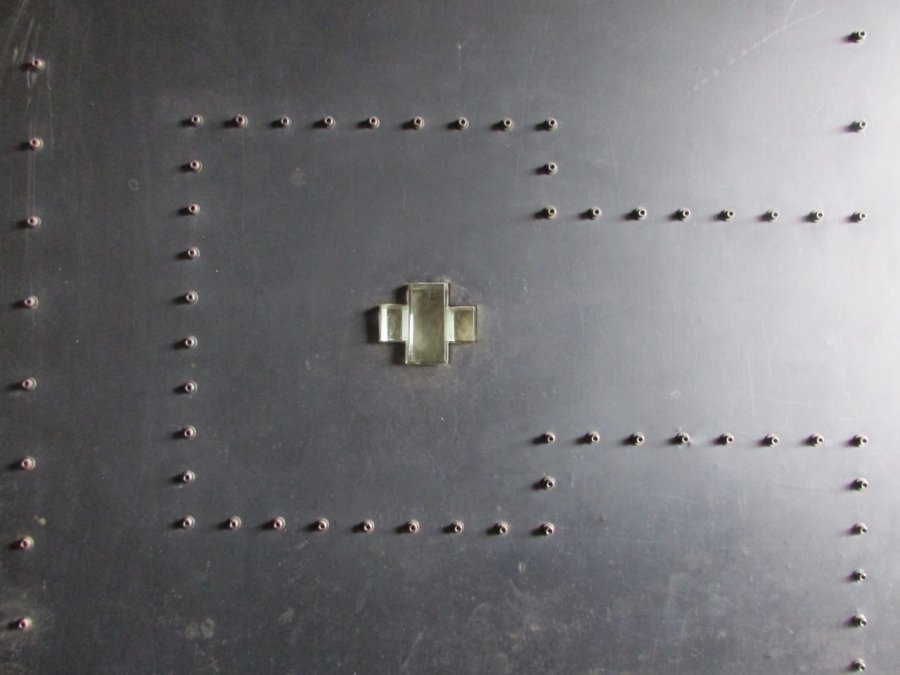Borca di Cadore
This is a story about a village in the Dolomites region in Italy. Borca di Cadore is a small village 20 minutes down the valley from Cortina d’Ampezzo (a.k.a. Cortina, the host town of the 1956 Winter Olympics).
The area is known for its beautiful mountain scenery and the steep roads over high mountain passes that are loved by serious cyclists.
Above is a slightly less serious cyclist on a separated cycleway that was once a train track snaking up through the valley towards the Austrian border.
Above the village proper, is a sloping grassed hillside, which transforms into steeper wooded foothills of the rocky mountains behind.
The man on the left above is Enrico Mattei. “After World War II he was given the task of dismantling the Italian Petroleum Agency Agip, a state enterprise established by the Fascist regime. Instead Mattei enlarged and reorganized it into the National Fuel Trust, Ente Nazionale Idrocarburi (ENI). Mattei, who became a powerful figure in Italy, was a Christian Democrat, and a member of parliament from 1948 to 1953. Mattei made ENI a powerful company, so much so that Italians called it “the state within the state.” He died in a mysterious plane crash in 1962, likely assassinated by a bomb in the plane.” (read more about him on Wikipedia).
Enrico Mattei had a vision that every employee of ENI should be able to experience a family holiday in the mountains, whether they were a service station attendant or a CEO. In the late 1950s he bought some land on the slopes above the village of Borca di Cadore and found an architect from the nearby town of Cortina. That architect was the man on the right in the image above, Edoardo Gellner, and together the men set about creating the Eni Village.
The village sits in a 200 Ha property and consists of 280 timber and concrete cabins, a complex of community buildings, an apartment building for staff, a hotel, a children’s “camping” area and a church.
We were lucky enough to stay in one of the cabins (they are now in private ownership), and it was a delight. Gellner and his office designed everything for the village: from the site layout, to the roads and their retaining walls, all the buildings and all the furniture. The company that made all the furniture is still in business, nearly 60 years later.
The cabins are mostly two-bedrooms, with some three-bedrooms. Their architectural language is consistent but they vary in layout to suit their particular site. We stayed in a single-level cabin but there were many that were two-levels, like the one above.
The insitu concrete work was formed using corrugated formwork that gives it a rustic feeling. This finish is carried through into some retaining walls, while others are built from rocks found on the site.
There’s a sense that the cabin interiors are highly considered for function as well as aesthetics. Ours had all the original furniture, both loose and built-in. The full-size kitchen had lots of storage including bins for storing flour, etc. Two layers of curtains in the bedrooms provided both black-out and decorative alternatives. There was generous provision of furniture too, so that the dwelling felt very much like a home that could support full-time occupation.
Furtherest up the mountain road was the children’s camping area, with tent-shaped sleeping quarters and some common buildings for socialising.
The layout of the area and the old photo below suggests that groups of children would come here without their parents on “camp”.
Another old photo shows more children, along with their supervisors (or teachers?). Those Italians sure love a good uniform.
These early photos are taken around the “Colonia” (holiday camp buildings).
One of the real treats of the Eni Village was the church.
For the church Gellner called on one of his teachers from Venice, Carlo Scarpa, to collaborate on the project. Below is Gellner and his wife, either side of the maestro himself.
If you approach from the mountain road this (below) is the building as you first see it. This is really the rear of the building – because it is designed to be approached along a forest trail from the hotel on the other side. It is difficult to understand the logic of the structural composition from here. The building structure consists of a simple A-frame of concrete fins that march along the nave. The designers have then thrown in angled walls enclosing the bell “tower”, organ loft and side chapel, which made formal resolution much more challenging.
The steel truss arrangement that is visible between the concrete fin and the roof only occurs in this location and lifts a small section of roof in order to introduce more natural light above the altar.
The cross section above shows the bell tower with organ loft below on the left, and the side chapel on the right.
Above is a model of the church with the presbytery in front. One means of site access is from the road to the right, another is by foot along a forest path from the (off to the left). Both of these bring you to a forecourt at the left-hand end of the church, from which you enter the building.
Above is the plan. Entry is from the bottom, the forest path arrives from the left.
If you arrive at the church from the hotel, you are welcomed by Signore Mattei himself.
Below is the front of the church viewed from the forecourt.
And again…
There’s a nice contrast between rustic materials and the bling of some of the detailing.
Floors are slices of round logs set in concrete, taking its cue from the surrounding forest.
Insitu concrete – the rougher the better.
Big sliding doors/screens open out to the forecourt in front.
Nice little touches abound! Here’s a google maps link to the church.

